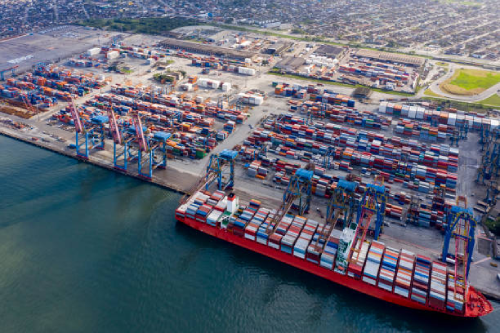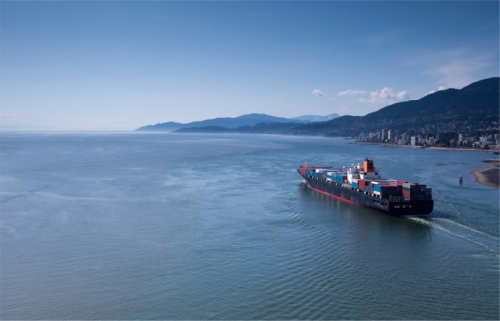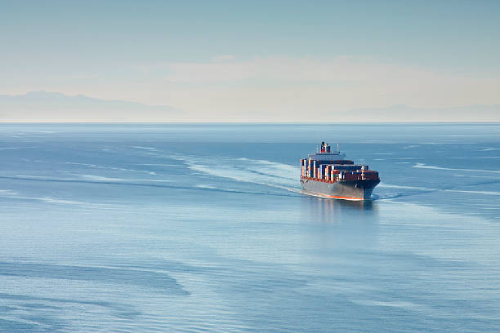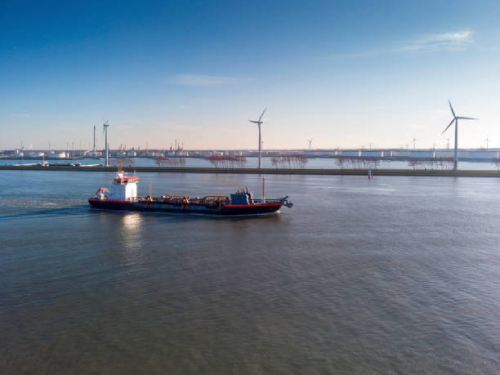Welcome to GLA! Leading the global logistics alliance.


Your location:Home > News > Trans-Pacific contract interest rates have fallen
Time:2021-04-23 Publisher:Kevin Num:6685
The latest data shows that long-term contract rates have fallen slightly year-on-year.
Xeneta, headquartered in Norway, collects nearly one million long-term contract rate data from shippers and carriers every month.
Xeneta CEO Patrick Berglund issued a statement on Tuesday, saying, "Now, you can see some deficiencies." He was referring to changes in contract interest rates in the past three months.

Interest rates are still rising, but a lesser extent
Until Tuesday, Xeneta has set the average long-term contract price for Asia-West Coast cargo at US$2,030 per 40-foot equivalent unit (FEU), a 33% increase from the same period last year.
This sounds terrible, but in a speech a month ago, on March 23, the number was much worse: Xeneta listed the average price of the day at $2,640/FEU, it was a 50% increase year-on-year.
The same moderation can be seen in Xeneta's Asia-East Coast estimates: until Tuesday, each FEU was $2,866, a year-on-year increase of 19%. March 23: Each FEU was US$3,659, an increase of 28% year-on-year.
Berglund also showed data on the evolution of Xeneta's long-term contract rates over the past three months.
The data set confirms that interest rates have fallen from their highs in early 2021: Asia and the West Coast have fallen by 22% compared to 90 days ago. The Asia-Pacific region fell by 18%.
He emphasized: "Although we may have reached a stable level, the ratio has indeed remained at a record high level." "Obviously, both short-term and long-term interest rates have risen sharply in the past twelve months.
This means that the contract signed a year ago will expire now, especially the contract for many trans-Pacific contracts will face substantial growth."

Historical spreads between rates
The difference between the various ratios that make up the average is greater than ever. "Unprecedented proliferation in the market," Berglund said. "Some companies pay far below average interest rates."
This is a great advantage for the largest shippers who can negotiate such transactions. However, even those shippers are faced with "challenges to obtain sufficient cargo volume at these rates and they cannot make their entire cargo volume comparable to these rates."
In today's market , Your effective interest rate is much lower than average level], but the operator is pushing as much transaction volume as possible into the short-term market. "
Although the base is much lower, the largest shipper is also facing a sharp year-on-year price increase.
Berglund pointed out that in the Asia-Nordic market, the spot and contract exchange rates are much higher than those in the Trans-Pacific region (and unlike the Trans-Pacific region, where prices have increased in the past three months). The difference between the low end of the long-term linked exchange rate and the spot exchange rate is approximately $5,500 per FEU.
"This is unprecedented. But even if these ratios are significantly lower than [average], if you look at the percentage increase in the past 12 months, then for the large freight companies that regularly ship carriers on a regular basis, This ratio can still reach 85%."

Long-term relevance to the scene
According to the Fresheos Baltic Daily Index, as of Monday, the Asia-West Coast Spot Freight (SONAR: FBXD.CNAW) was US$4,854 per square foot, and the Asia and East Coast Shipping (SONAR: FBXD.CNAE) was US$6,226 per FEU. Xeneta's assessment is low, at US$4,045 and US$5,031 per FEU respectively.
"Historically, we have seen the correlation between short-term and long-term markets," Berglund explained. "So if you grow 100% in the short-term market, then in the long-term market, you will see a price increase after three to six months, although much less than (short-term growth).
This means that if The short-term market stabilizes and begins to decline, then it will take some time for us to see the corresponding trend in the long-term market.
He added: "Even if we (short-term interest rates) see this period of plateau, market dynamics cannot really support a substantial decline." "Maybe the rate of decline in the third quarter or the fourth quarter will be slower.
It remains to be seen-especially It’s because operators have proven that they are smarter in adjusting capacity to demand."

Finally, for the most of American importers, this is a good news, at least not a bad news.
2019 the 7th GLA Panel Discussion Wonderful Review
Prev:New Golden Member From Ghana—— Topspeed Logistics Ltd Next:New Golden Member From Turkmenistan—— SUVARI SHIPPING & TRADING CO. INC.
Recommended Membership
Latest News